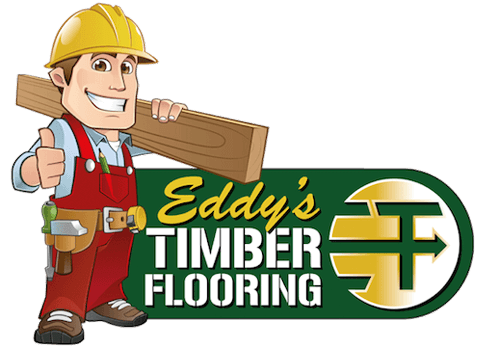Causes and Prevention of Timber Flooring Cracks and Splits
11 March 2021Seeing splits or checks in your timber floor is never a wonderful encounter, however, it's particularly upsetting when the floor is new as that is the point at which it's destined to occur. Parting is a dampness related issue - it happens when the timber dries - and a typical reason is the inability to appropriately adjust the flooring sheets before establishment.
Parting can likewise happen because the subfloor wasn't as expected outlined. As it expands and gets, the subfloor powers the safely connected sheets to move. A soggy unfinished plumbing space under the floor can likewise cause parting. Understanding what caused it can help right it. The following are a few causes of timber flooring cracks and splits.
Dampness
Any dampness that comes from under a subfloor or gets between the subfloor and the flooring can cause issues after some time. Spilling apparatuses, groundwater interruption through a punctured fume obstruction, buildup, and even dampness from a solid subfloor that had not dried can acquaint dampness with your flooring. If you live in a territory with a damp climate, the floor can retain dampness from the air during muggy months. This will make the timber expand and can cause issues.
Improper/ No Acclimation
Before a timber floor is introduced, the timber should be "adjusted" to the normal temperature and mugginess of the space where it will be introduced. This implies it should be put away in a zone with comparative conditions and permitted to either retain or lose dampness to the encompassing air until it settles. When it balances out, it will not expand or agreement as long as the encompassing conditions stay steady. If the floor isn't as expected accustomed before it's introduced, it will expand or contract after establishment and cause issues.
Wrong Installation
There are a few different ways a helpless establishment can mess flooring up. A few errors won't permit the floor to move as it ingests dampness. For instance, the boards may have been introduced with some unacceptable sise clasp or insufficient latches. For example, there probably won't be satisfactory development holes around the border of the floor. For huge territories of the floor, there probably won't be sufficient extension joints. This can cause locking on the floor.
Here is a portion of the approaches to forestall timber flooring cracks and splits.
Cover the Subfloor with a Moisture Retarder
If this is a nail-down over a timber subfloor establishment, set out a dampness retarder over the subfloor before introducing the timber flooring. If the establishment is over an unfinished plumbing space, ensure there's a dampness retarder in the unfinished plumbing space and introduce an additional one if the current one is in a helpless condition.
Utilise the Recommended Fasteners
Utilise the suggested number and kind of clasp when introducing the boards to a timber subfloor. Lacking a clasp will permit the floor to move excessively. In any case, don't over-attach or use latches that are excessively huge, or you may break the boards.
Optimized by: Netwizard SEO
